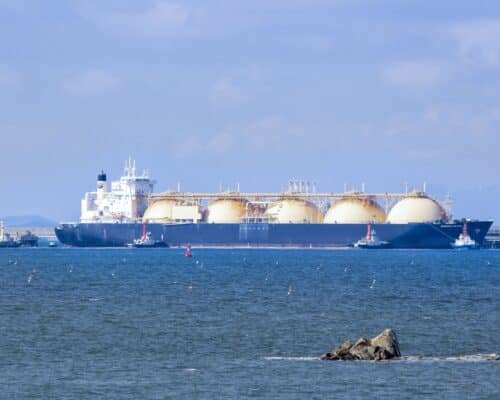Solar Power in Singapore: A Shining Energy Source
Source: MacRumors
16 June 2022 – by Eric Koons
Solar power in Singapore is a prospective field of investment for Asia’s financiers, especially as the country switches to renewable energy. With significant improvements in its renewable energy policy, Singapore’s government has sided with other developed nations, moving towards the mutual goal of reducing fossil fuel dependence.
However, current policies do not discriminate between energy sources, and the country still relies on LNG heavily (95%). Experts estimate that there is about 2 GW of potential solar capacity in Singapore, and as of 2018, the country only had 200 MW of solar photovoltaic (PV) available. The imposition of the S$5 per tCO2e carbon tax in 2021 seeks to level the country’s playing field for energy generators. The expected rise to S$10-15 by 2023 should further incentivise financiers to opt for more renewable sector investments.
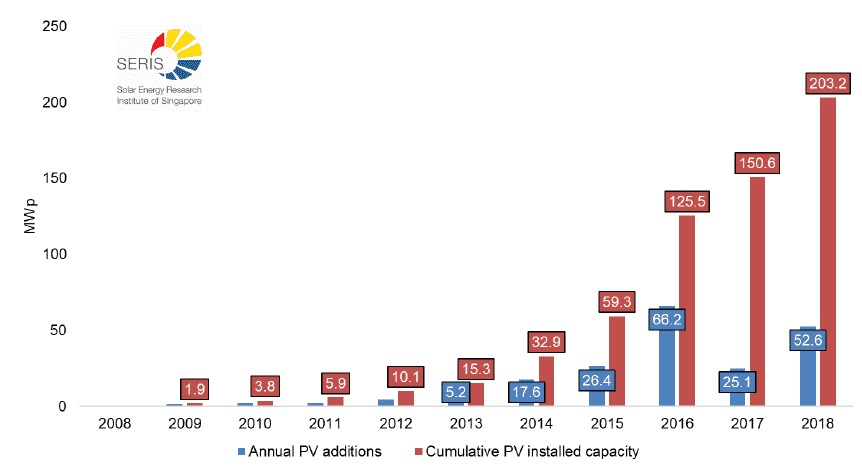
Why Doesn’t Singapore Use Solar Energy?
With the high average solar irradiance of 1,580 kWh/m2 per year, Singapore has a lot of potential for solar power generation. However, the limits imposed by the small land area of the country (728 km2) mean that only flush mount and roof-ground mount systems on existing buildings are acceptable. The ambitious plans to expand solar PV production to 2 GW by 2030 are still in progress.
Floating Solar Farms of Singapore
Although its small surface limits it, Singapore still has a lot of room for increasing solar power production. Rising energy prices will fuel future solar investments. The prices have increased the need for energy independence and advancements in solar energy storage. The most efficient implementation of solar will come through a combination of the following:
- floating solar panels (such as the Tengeh Floating PV system),
- roof-mounted solar panels (such as the HDB Solar-Ready Roof Program)
- and investments in international large-scale solar farms (such as the Singapore-Australia Sun Cable).
Disadvantages of Solar Energy in Singapore – Why is Solar Energy not Widely Used in Singapore?
Despite Singapore’s considerable solar power and wind power potential, prospective solar financiers shy away from it for many reasons. Although the first silicone-based solar panel was made in 1954, low investments in the field have left the technology at around 20% efficiency.
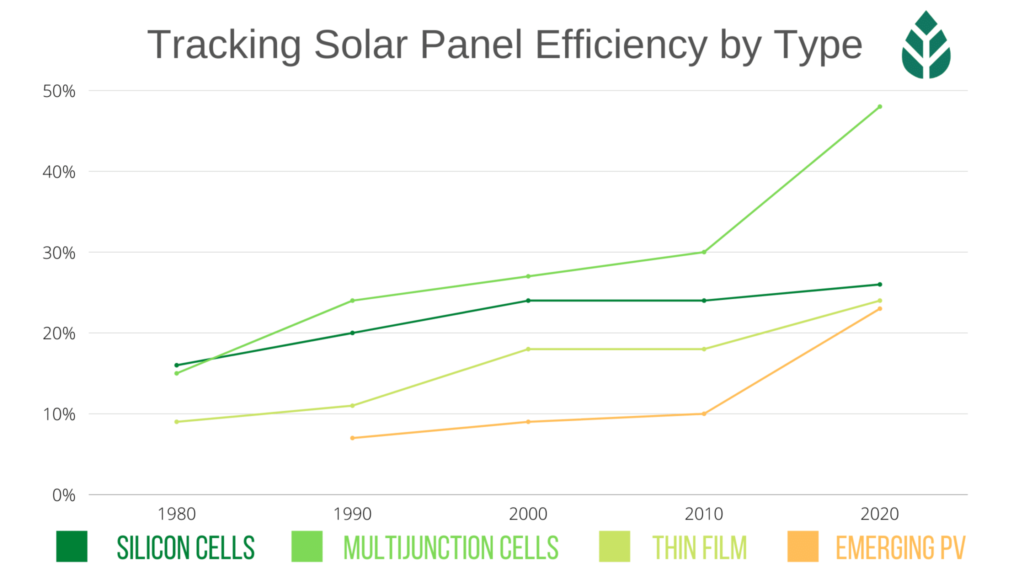
High Initial Cost
As a result, the expansion of fossil fuel-based distribution systems has made its way across the globe. Some of the most significant disadvantages of solar deployment and solar electricity generation include the high initial cost, as the average solar payback period is eight to 15 years. The intermittency of solar energy production is also an issue, as the sun does not always shine – especially during the wet season in Singapore.
Are Solar Panels Worth it in Singapore?
Furthermore, solar uses a lot of space – despite the high average solar radiation, the level of solar panel efficiency (20%) means that the country can’t take advantage of its sunlight. Multi-layered solar panels, bifocal panels and Perovskite solar cells show promising results. Also, there are few surfaces that are suitable for solar system installation. Ideally, the surface should be south-facing in the Northern Hemisphere and north-facing in the Southern hemisphere. Meanwhile, even partial shading can significantly reduce solar power output.
Solar Energy Storage is Expensive
Solar energy storage is expensive, with a price tag of USD 3,000+ per 10 kWh of storage capacity. This makes it inaccessible for even the wealthiest countries. New developments show potential, such as molten metal and blue-carbon solar storage.
Solar Energy in Singapore – Pros and Cons
Interest in green investments in Singapore is on the rise. As with any other new technology, some sceptics raise questions about a 100% renewable economy’s feasibility and its associated costs. On the long road to energy self-sufficiency, Singapore has to consider both the pros and cons of solar renewable energy.
Pros of going solar in Singapore:
- clean energy helping mitigate climate change,
- increasing property value (up to 4.1% with a solar PV system),
- a long life span once the infrastructure is in place (25 to 30 years),
- low cost and sporadic maintenance,
- reduction of water evaporation from water reservoirs,
- possible profit through REC selling
- and reduced energy cost (nonsubsidised solar is not cheaper than coal or LNG-derived electricity).
Cons of going solar in Singapore:
- high upfront cost,
- high grid-modernisation costs,
- land constraints, not enough available space,
- weather-dependent renewable power generation,
- costly need for backup power generators
- and the high costs of solar energy storage.
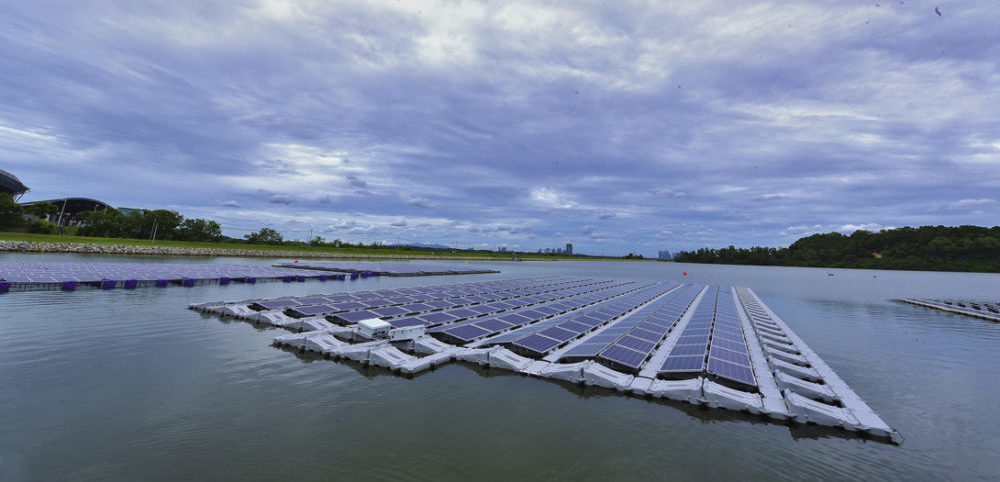
Solar Power Is The Best Renewable Energy Option For Singapore
Land area is not the only challenge for solar deployment. The busy Singapore ports mean very low utilisation potential for tidal and wave-based energy. Furthermore, the small land surface area means that no large rivers have year-round hydroelectric power potential. However, another concern is that if Singapore went for nuclear energy instead of solar, any incident would demand most of the country’s over 5.9 million inhabitants to be relocated. This is a challenging goal to grasp. For these reasons, solar is best suited to Singapore.
How Much Energy Can Solar Panels Produce in Singapore?
Although solar does not account for much of the energy produced in the country, Singapore still has had over 4,500 solar installations. With almost 1,500 residential and over 3,100 non-residential or commercial installations, solar awareness is robust in this country. The end of Q1 in 2021 saw 443.6 MWp of solar capacity, which is targeted to grow to 2,000 MWp by 2030.
Floating Solar Panels – A Solution For Singapore
In 2021, Singapore witnessed the world’s largest floating solar farm going online. The 60 MWp solar PV farm can power five water treatment facilities in Singapore while also providing the cooling benefits of water underneath, increasing its efficiency by between 5 to 15%. Further benefits include the lower water evaporation rates and reduced carbon emissions, which are the equivalent of taking about 7,000 cars off the road.
The Future of Singapore’s Solar Power Industry
The stable and aspiring renewable energy policies in Singapore highlight the development of the solar market in the country. Current government investments are paving the way for the private sector to join in. With the world switching to renewables, Asia needs to meet its growing energy needs through secure investments in these sustainable technologies.
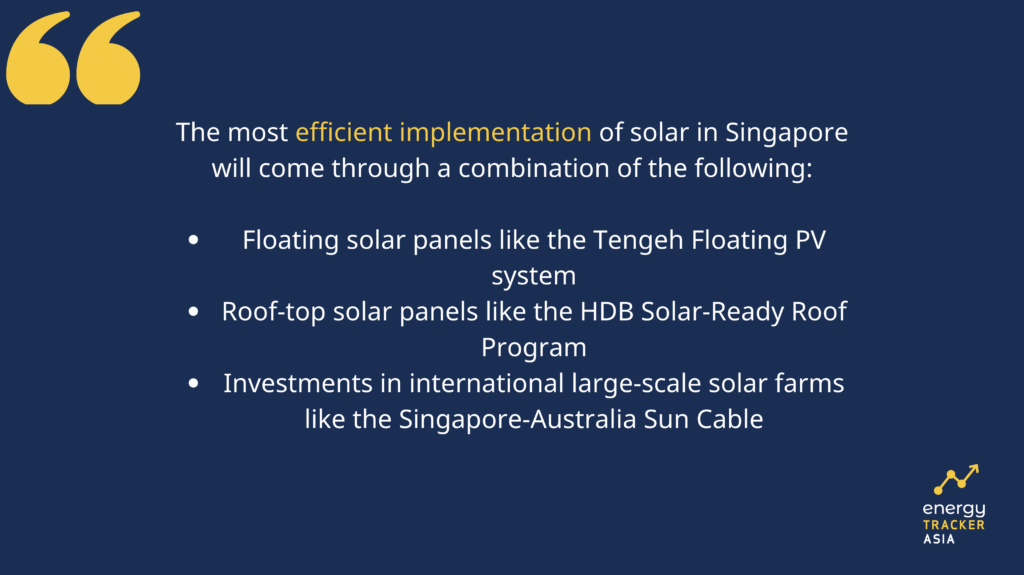
by Eric Koons
Eric is a passionate environmental advocate that believes renewable energy is a key piece in meeting the world’s growing energy demands. He received an environmental science degree from the University of California and has worked to promote environmentally and socially sustainable practices since. Eric’s expertise extends across the environmental field, yet he maintains a strong focus on renewable energy. His work has been featured by leading environmental organizations, such as World Resources Institute and Hitachi ABB Power Grids.
Read more